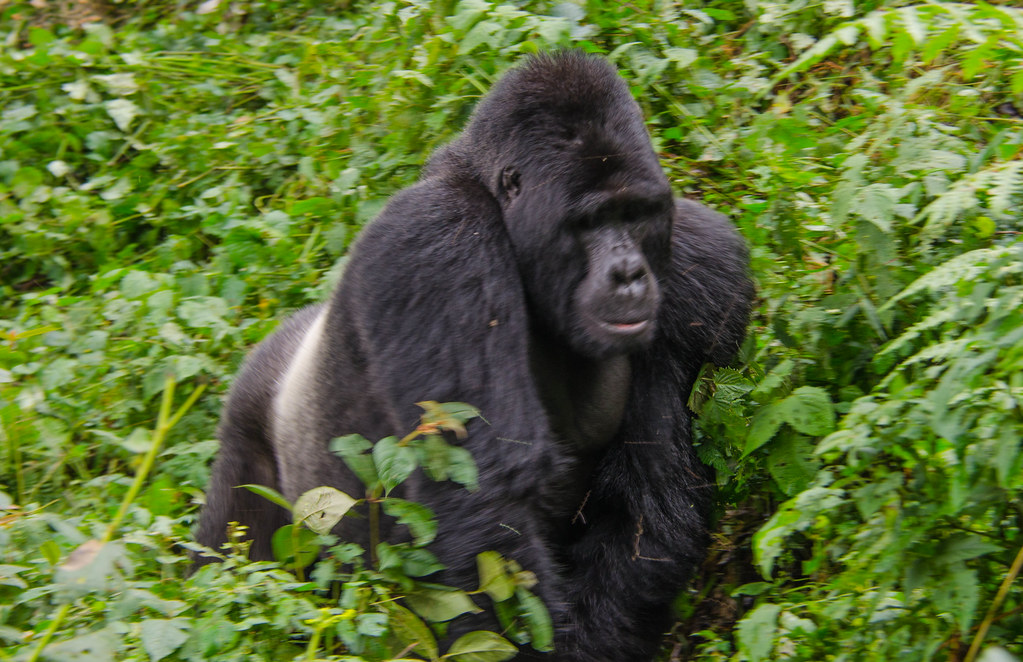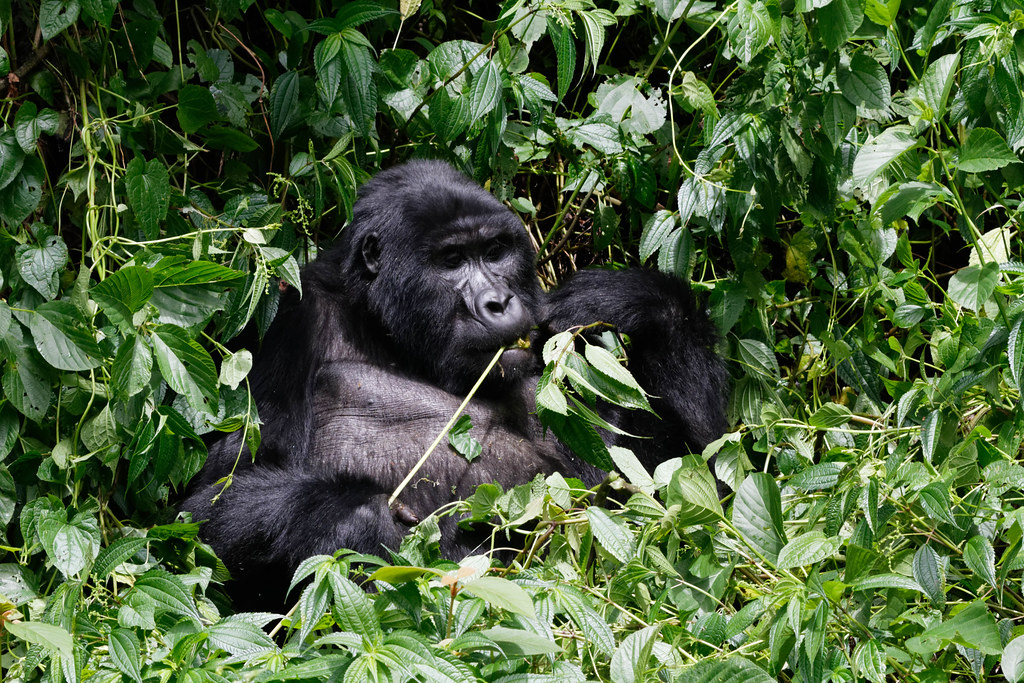
Guidelines for Gratuities in Gorilla Trekking and Safaris
Guidelines for Gratuities in Gorilla Trekking and Safaris
Recent Guidelines on Tipping on Gorilla Treks — Tipping on safari may be a contentious matter for numerous travelers, frequently leading to inquiries on the right amount. This book presents the most recent tipping standards for gorilla trekking to assist you with managing this facet of your expedition. Tipping is usual in this region, however it is not obligatory and is solely at your discretion. The sum should correspond to the quality of service rendered. The following are the recommended tipping rules from Trek Africa Expeditions:
Gorilla and Chimpanzee Guides: Recommendations for guides should preferably be positioned in the central tip box, if accessible, or conveyed directly to the primary guide, who will allocate them to the trackers and game wardens. A suggested price is approximately USD 15 per visitor for the primary guide.
Porters: Engaging a porter is discretionary and often incurs a fee of approximately USD 15 per porter each day. Porter gratuities typically fluctuate according to the workload, normally falling between USD 15 and 20 per guest per porter. Porters are essential for transporting equipment and aiding trekkers, hence tipping them serves as recognition of their diligent efforts.
 Safari Driver/Guides: The recommended gratuity for safari driver/guides is USD 20 per day for each passenger, based on an average of 4-6 guests per vehicle. When traveling privately, such as with only two individuals, you may modify the tip at your choice.
Safari Driver/Guides: The recommended gratuity for safari driver/guides is USD 20 per day for each passenger, based on an average of 4-6 guests per vehicle. When traveling privately, such as with only two individuals, you may modify the tip at your choice.
A gratuity of USD 3-5 per guest each stay is recommended for lodge or camp personnel. Numerous smaller lodges offer a communal tip box for patrons to leave gratuities, which are subsequently distributed among all staff members. In larger hotels, gratuities may be more personalized, acknowledging individuals who have delivered outstanding service.
National Park Guides (Cruises/Bird Walks): It is customary to provide a gratuity of USD 3-5 per person in local currency for each guide facilitating activities such as boat cruises or bird walks.
Hotel Porters: It is common to provide a gratuity of approximately USD 1-2 in local currency for porters who assist with your bags at hotels.
Gratuities for waiters and bar workers are often calculated at 10% of the total bill. Alternatively, a gratuity of approximately 2,000-3,000 Ugandan Shillings is appropriate for satisfactory service.
Optimal Period for Gorilla Trekking in Africa
Gorilla trekking is an activity that can be undertaken throughout the year. The optimal period for gorilla trekking in Africa is during the arid months of January, February, and from June to early September. The months provide more advantageous circumstances for trekking, as the routes are less muddy and slippery, facilitating access to the park. Furthermore, in arid conditions, the flora is less dense, facilitating unobstructed views of the gorillas in their natural environment.
Essential Items for Gorilla Trekking in Africa
Gorilla trekking in Africa necessitates adequate planning, and assembling the appropriate equipment is essential for a comfortable and secure encounter. The landscape may be arduous, featuring muddy trails and steep inclines, particularly in the wet season. For a seamless trek, it is essential to have durable and comfortable walking shoes or boots. Furthermore, it is recommended to don long-sleeved cotton shirts and lightweight long trousers, as they offer protection against undergrowth, stinging nettles, and biting ants. Below is a comprehensive list of important stuff to include for your gorilla trekking expedition:
Insect Repellent: Crucial for deterring biting insects, particularly in wooded regions.
Torch/Flashlight and Extra Batteries: Essential for traversing lodge areas after dark or during unforeseen power failures.
Moist Towelettes: Convenient for rapid sanitation during the expedition.
Water Bottle: Maintaining hydration is essential; therefore, carry a reusable water bottle to ensure water is easily accessible.
Camera and Lenses: Document remarkable moments with the gorillas; ensure your camera settings are optimized for low-light jungle environments.
It is advisable to wear comfortable, waterproof walking or hiking boots and socks owing to the muddy and slippery terrain.
Gardening gloves: Essential for safeguarding hands while traversing the forest and handling vegetation.
Sandals/Flip-Flops: Comfortable footwear for leisure at the lodge post-trek.
Headwear and Sunscreen: Safeguarding against solar exposure is essential, particularly in exposed environments.
Rain Jacket: Given the capricious nature of weather, a lightweight, waterproof jacket is needed.
Sweater/Fleece: Mornings and nights may be cool, hence include a warm layer.
Swimwear: Certain resorts have swimming pools or hot tubs for post-trek leisure.
Binoculars: Ideal for avian observation and the identification of other fauna throughout your visit.
Our team is committed to delivering unforgettable and environmentally sustainable safari experiences, following the maxim “Take Nothing but Photographs, Leave Only Footprints.” Our packages are created to reduce environmental impact while enhancing your vacation.Do not hesitate to reach out for additional information regarding gorilla trekking in Uganda, encompassing the most recent tipping guidelines and other travel advice.


